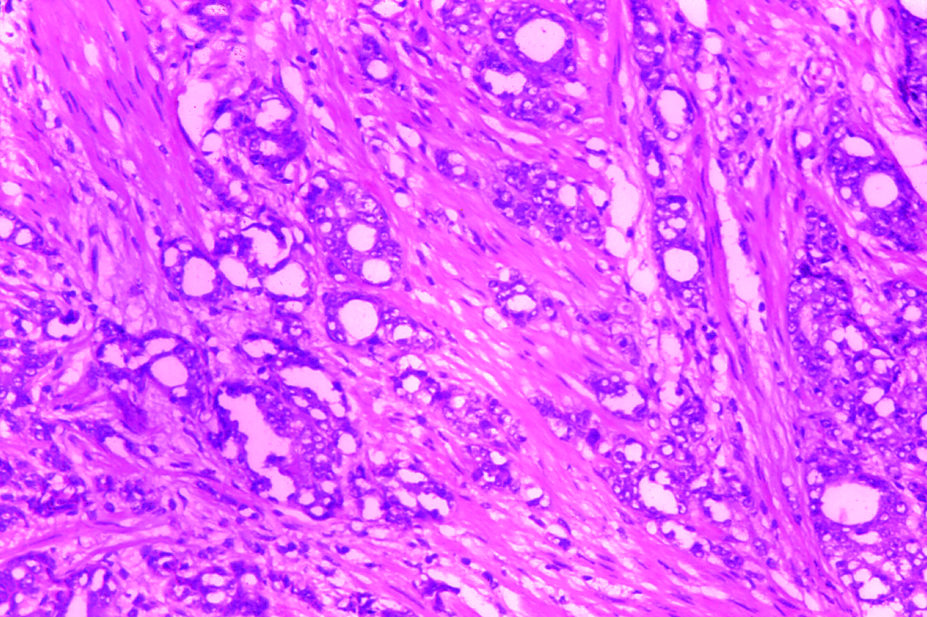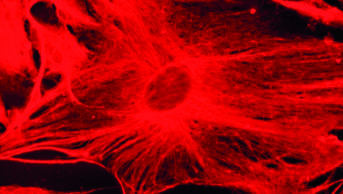
CDC
Metastatic prostate cancer is the second largest cause of cancer-related death in men, yet there are currently no predictive biomarkers to guide treatment.
In a phase II trial published in Cancer Discovery
[1]
(online, 27 April 2017), researchers analysed data on circulating free tumour DNA (cfDNA) in blood samples from men with advanced prostate cancer who received the PARP inhibitor, olaparib, in a clinical trial.
They found that after eight weeks of treatment, cfDNA levels dropped by around half in men who responded to the drug and increased slightly in non-responders. They were also able to detect all the genetic mutations predictive of response to PARP inhibitors in cfDNA as well as secondary mutations that arose at disease progression.
The researchers say that so-called ‘liquid biopsies’ could be used to predict prognosis, determine response and detect emerging resistance in metastatic prostate cancer.
References
[1] Goodall J, Mateo J, Yuan W et al. Circulating free DNA to guide prostate cancer treatment with PARP inhibition. Cancer Discov 2017;7(9);1–12. doi: 10.1158/2159-8290.CD-17-0261


